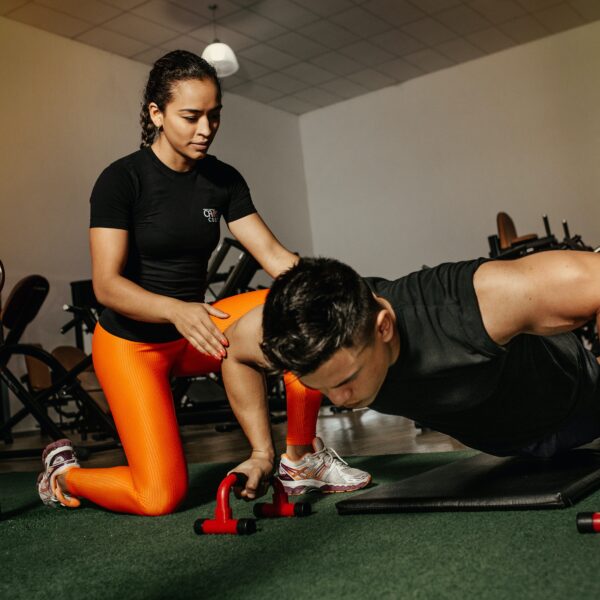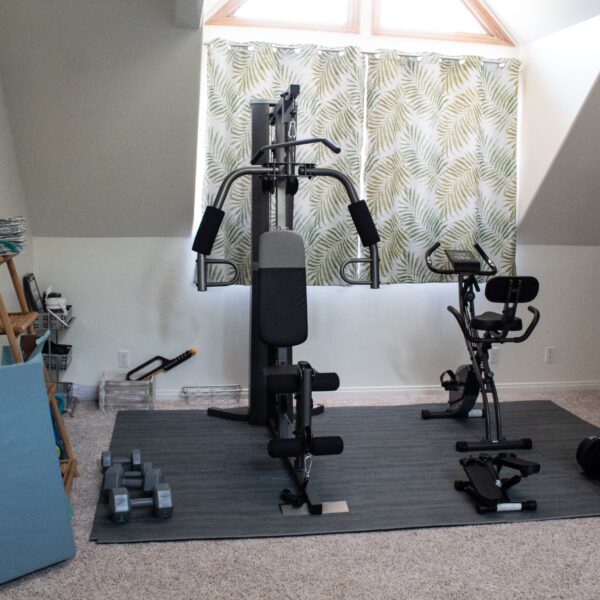There has been a noticeable shift among runners these past few years. More and more runners are moving away from road running and on to trail running. Not because road running is getting less challenging, as both disciplines are equal on that front, but more because road runners want to find more variety and scenery.
While both types of running offer loads of benefits to your body, trail running has been found to have more magic tricks under its sleeves. You won’t be able to find some of these tricks on the road.
For one thing, while road runners take speed more seriously, running on trails will make you step back a bit and slow down. When you’re undergoing training, whether it’s for an upcoming race or for another type of sporting event, slowing down is as essential as speeding up is. It makes you more aware of your body, assess the amount of beating it can or cannot take as it reacts to the environment.
If you’re transitioning to the more scenic running course, there are a couple of things you need to prepare for to achieve maximum performance on trail surfaces. Here are the things you can start with as you build up your stamina and endurance for the high-altitude and ever-changing landscape of trail running.
Choose Footwear Designed for More Traction
They say that, the better runner you are on roads, the more it will hurt on the trail world. That hurt will be tempered if you wear the right shoes. The leg movement on the road and trails are not at all the same. On trails, you need to jump, ascend, and dive—even duck at times when you’re on a heavily forested course with tree leaves sticking out in front of your eyes. On the road, you’ll be doing pretty much the same, just primarily running on an even and flat surface throughout.
With that in mind, you’ll have a hard time getting by on your usual running shoes on trailers. You need a proper pair of trail shoes that can do heavy gripping on loose or muddy soil. Your shoes should help you glide through boulders or grassy terrains and every other type of surface that you can imagine.
Also, you need a lot of padding or cushion as you will be running on rocky and sharp-edged surfaces depending on the trail you’re on. Most trail runners would go for lace-free shoes and breathable mesh so you can easily navigate through riverbeds or any wet surface along the way.
Wear a Breathable Hat, Tank Top, and Shorts
Dressing up appropriately is just as crucial as wearing the right type of shoes. Trails tend to be more unpredictable than roads are as you’ll be going in and out of Mother Nature’s lair. Make sure your headgear is breathable and adaptable to the expected weather conditions.
Also, make sure that your head protector doesn’t get in the way of visibility. When it’s summertime, lots of trail runners prefer the duckbill running caps. They don’t cover your eyes like the usual trucker caps or baseball caps would. They’re usually made of mesh or polyester material. A running hat with ponytail hole works well with long-haired runners during cold climates. If you prefer to not wear any headgear, that’s fine too.
If you’ve been a road runner for quite some time, then you probably have tons of running tanks to choose from. Trail running wardrobe is more or less the same. But since you’ll probably end up somewhere in the middle of a hill or steep mountain, the temperature can change drastically in higher altitudes.
You want to pack something that can help you stay warm. Keep a foldable windbreaker with you at all times in case it gets too cold or, worse, it starts to drizzle.
As for lower-body clothing, considering you’ll be running in a jungle of some sort and you’re bound to encounter pointy branches sticking out everywhere, you may want to skip on the short shorts and go for longer ones instead, with liners that extend down the leg. This way, you won’t come out of the trail run with lots of scratches. Choose those that are made of synthetic fabric to avoid chafing.
Go for a Vest to Keep Your Essentials
Though there are shorts that come with well-designed pockets to keep your essentials, it’s better to go for a vest that you can wear and slip on your body. You’ll be crisscrossing and tackling different kinds of terrains when trail running. You’ll never know what to expect or when or where it’s going to end unless you’ve already done the same course before.
You’ll be right in the middle of the wilderness. Unlike road-based events, there will be fewer water or aid stations on trails. You need to make sure you have everything you need on your person.
It’s better that you have your hydration packs, snacks, phones, and GPS trackers in one wearable vest. Even when you’re crawling on the ground or tiptoeing through a narrow path, you won’t have to worry about dropping anything when you use one. Vests tend to stick to your body and allow more room for agility for your lower and upper extremities.
Have Fun!
All in all, when you’ve made all the necessary preparations you can do given the suggestions above, you can be certain that running will never be the same experience for you after finishing off your first trail run. The random ascents and steep downhills with narrow and rocky slides along the way will change the way you perceive running. But the thing you’ll take away from experience and keep you coming back for more is the beauty that surrounds it.
Image Credits: Frank Cone




Like this article? Share with your friends!